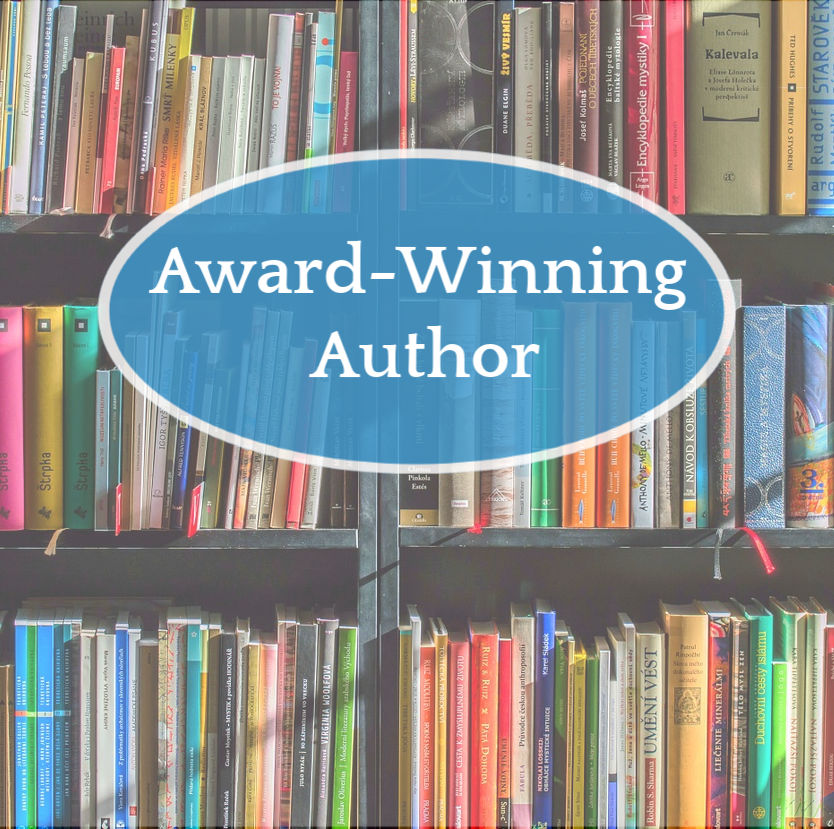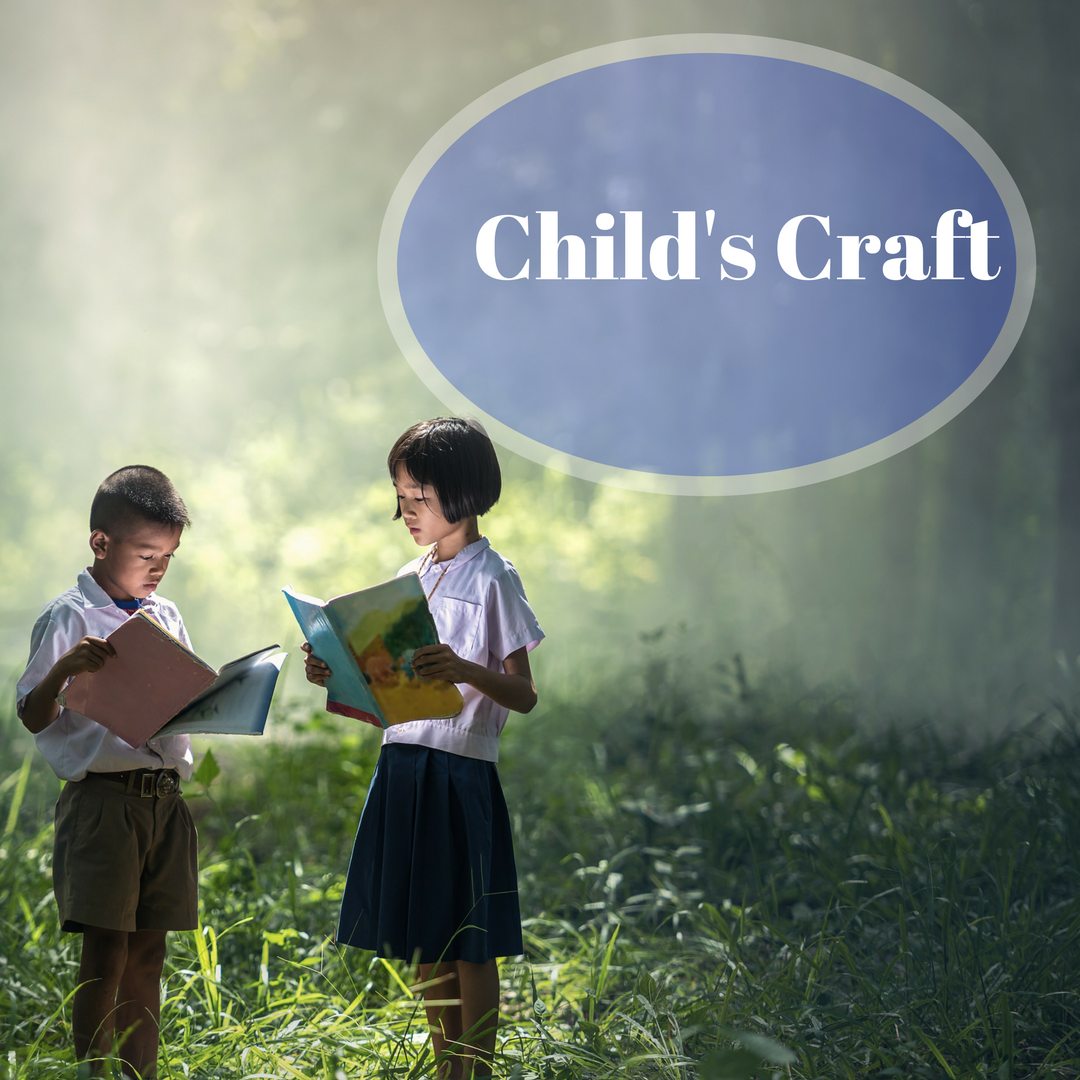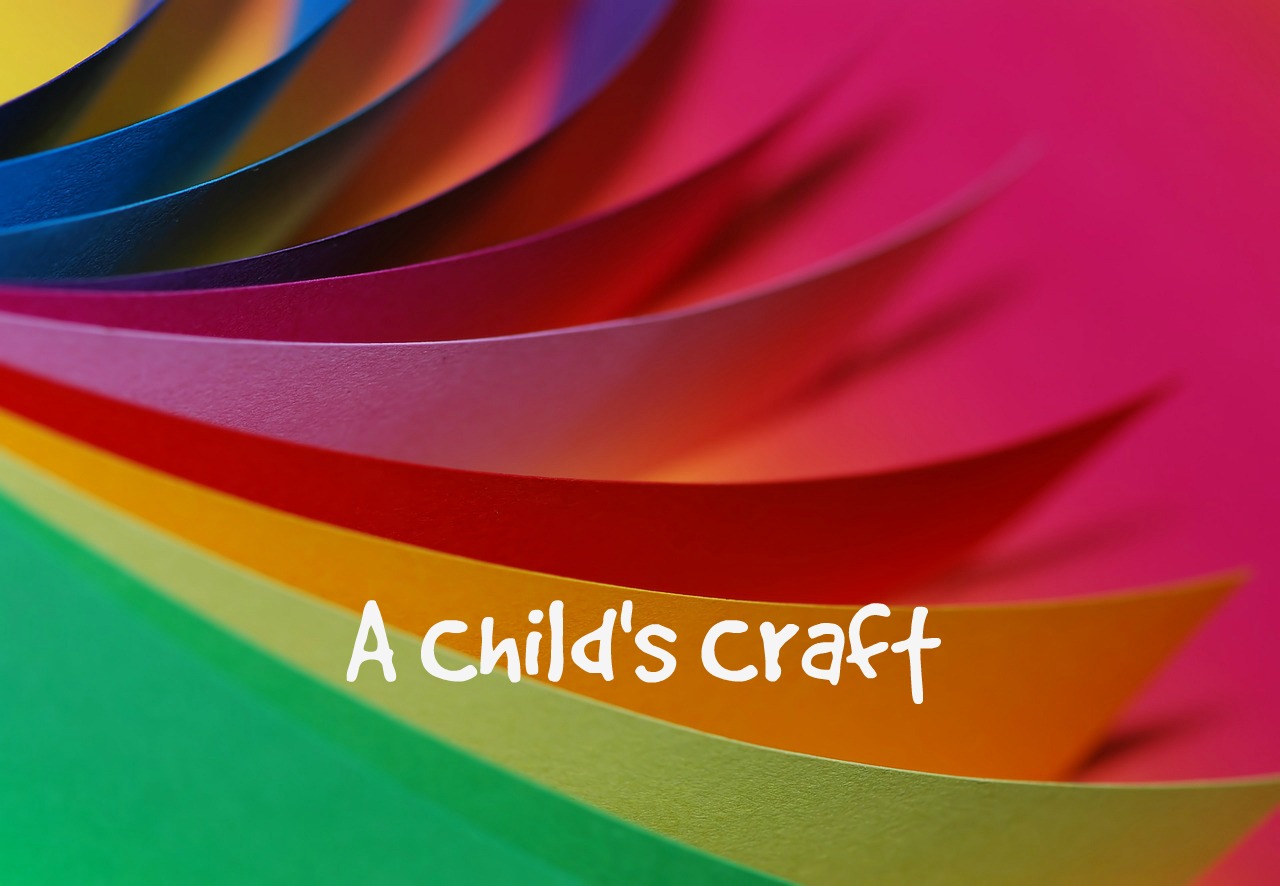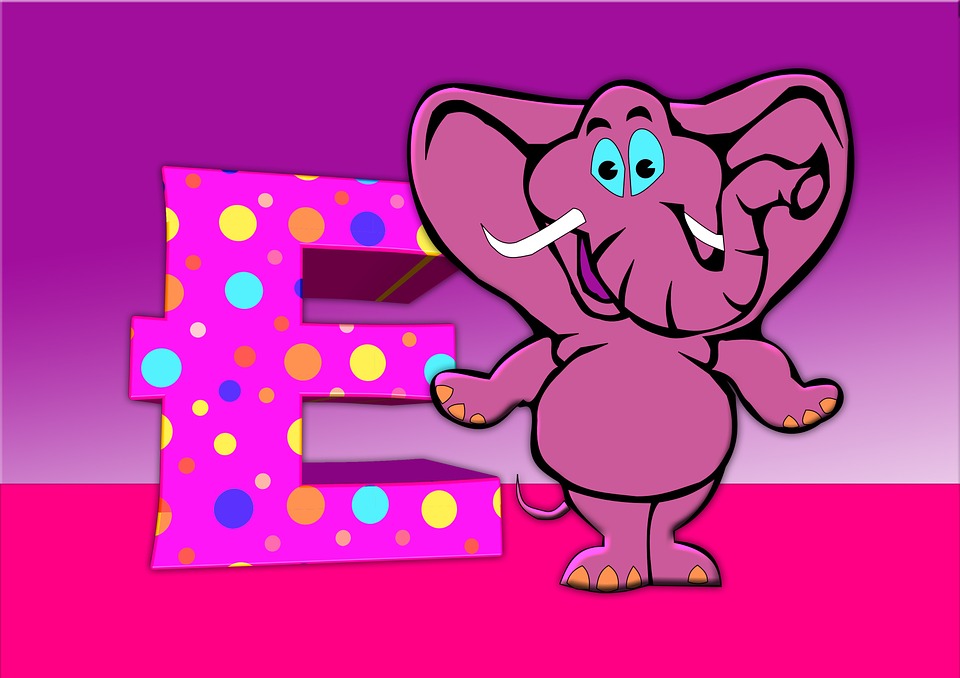
Writing is a Group Activity!
I recently went to an in-person retreat – one of the few I have gone to since COVID-19. I…
November 8, 2024
I recently went to an in-person retreat – one of the few I have gone to since COVID-19. I…
November 8, 2024
Research for 181 words? Research and back matter have never been more important. Reviewers and consumers have access to…
March 8, 2024
Have you met adults who somehow believe that writing a picture book is EASY because there are so FEW…
July 8, 2023
Not as well known as “Call me Ishmael,” but equally important are these first lines from adult biographies: “On…
January 8, 2023
Board books have extra thick coated pages that small hands can turn and chewing babies can sink their teeth…
December 8, 2021
Can you share a little about your recent book? My most recent book for children is Grumpy the Gator.…
July 1, 2021
Is there anything more fun than being in the library Children’s room at story time? I was the lucky…
June 21, 2021
“Many books for children feature children. Your writing will be more natural if you are aware of the rhythms…
January 21, 2021
Ready or not, September means it is time for heading back to school. As an adult, the phrase “back…
September 16, 2020
Once in a while, I come across a book so unique and wonderful that I think, “Wow, I sure…
December 21, 2019
You had an idea. You wrote. You slept. You wrote some more. You edited. You cried. (Just me? Oh.…
October 16, 2019
I may ruffle a few feathers here, but my favorite thing about fall is NOT pumpkin spice. My favorite…
September 16, 2019
Can you share a little about your recent book? It’s a mystery titled Remains To Be Seen (to be published…
September 1, 2019
Christmas comes every year. And so does Easter. And so does Thanksgiving. And so does the Fourth of July.…
March 21, 2019
We’re story-tellers! So, we often want to tell every scrumptious detail of our stories as we write. But not…
February 21, 2019
Write Like a Dinosaur While doing research for my latest children’s devotional book, “Dinosaur Devotions: 75 Dino Discoveries, Bible…
February 2, 2019
Thanksgiving is tomorrow! Yay! It really is my favorite holiday. It’s all about gratitude, family, friends, food and for…
November 21, 2018
As I mentioned in my last post, Understanding Early Readers, there are several markets for books for emerging readers.…
June 21, 2018
A few weeks ago I started typing a new manuscript. I thought it was going to be a picture…
May 22, 2018
Book Genres specify the types of literature that share certain common aspects. Genres include mystery, romance, historical fiction,…
September 21, 2017My dream as a kid was to become an elementary teacher and write books for kids. In high school,…
August 16, 2017
The E’s of writing for children does not equate with ease of writing for children, but includes elements to…
October 20, 2016